Introduction to the Toolkit
RStudio Setup
tidyverse_style_guide
canyoureadthissentence?
tidyverse_style_guide
After function names do not leave any spaces.
Before and after operators (e.g. <-, =) leave spaces.
Put a space after a comma, not before.
Object names are all lower case, with words separated by an underscore.
Say Goodbye to R Markdown and Say Hello to Quarto
Demo
Slides for this bootcamp
Slides that you are currently looking at are also written in R Markdown. You can take a look at them on GitHub repo for the bootcamp website.
Introduction to Git and GitHub
version control
Does this look familiar?
hw1
hw1_final
hw1_final2
hw1_final3
hw1_finalwithfinalimages
hw1_finalestfinal
What if we tracked our file with a better names for each version and have only 1 file hw1?
hw1 added questions 1 through 5
hw1 changed question 1 image
hw1 fixed typos
We will call the descriptions in bold commit messages.
git vs. GitHub
git allows us to keep track of different versions of a file(s).
GitHub is a website where we can store (and share) different versions of the files.
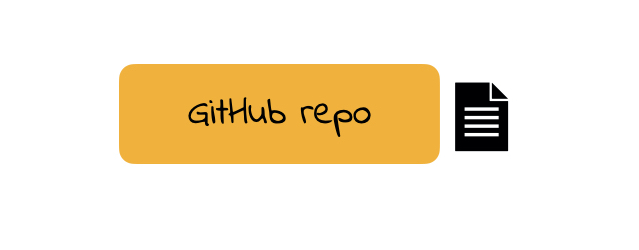
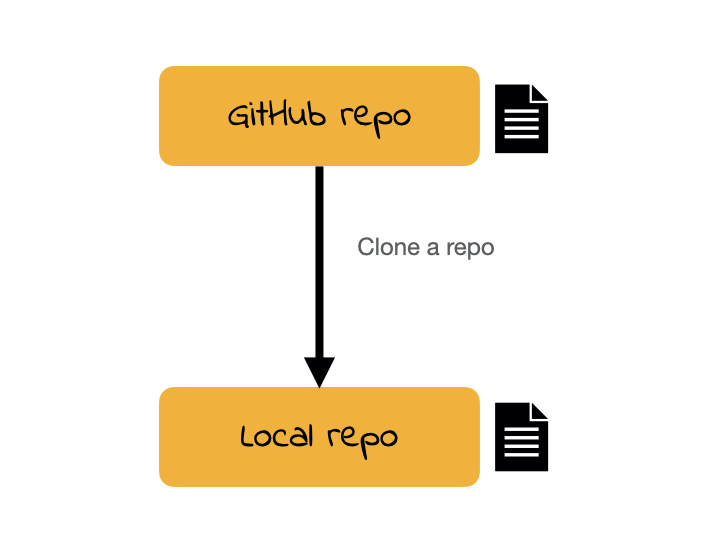
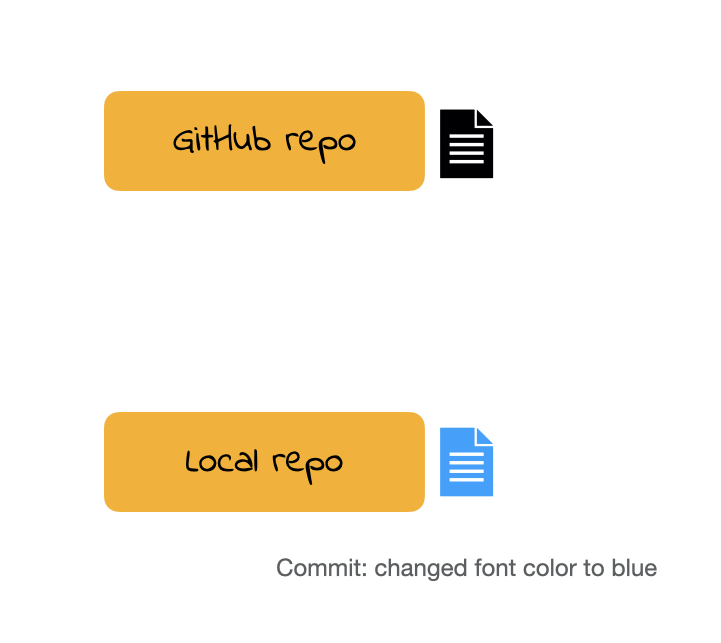
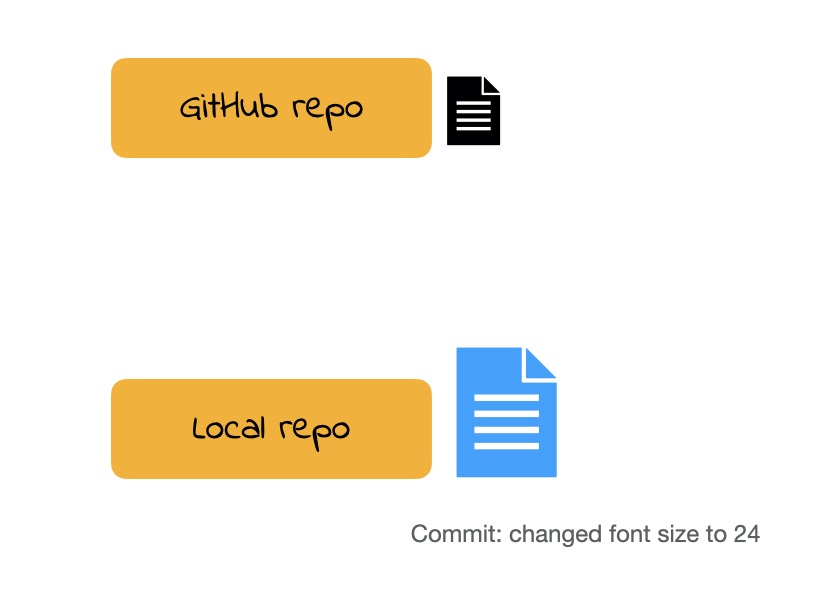
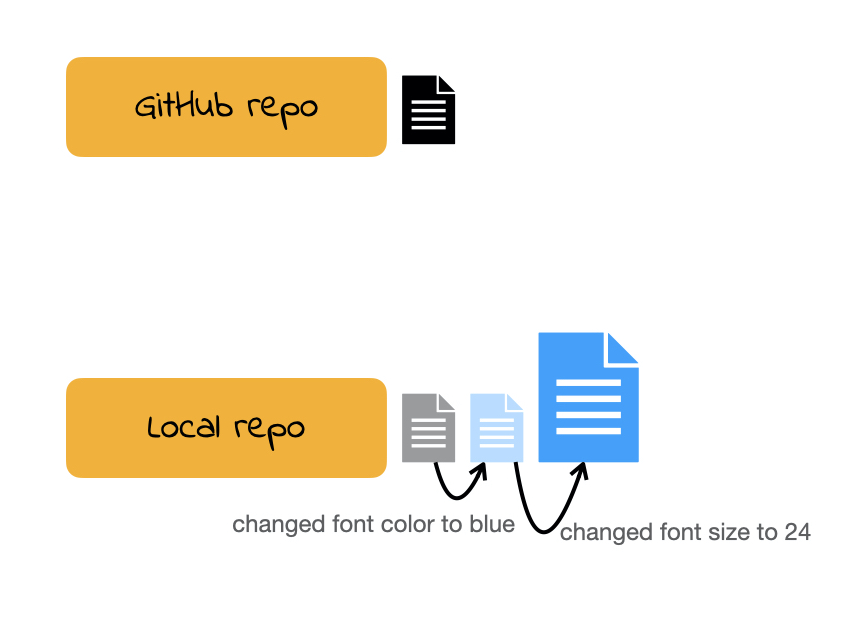
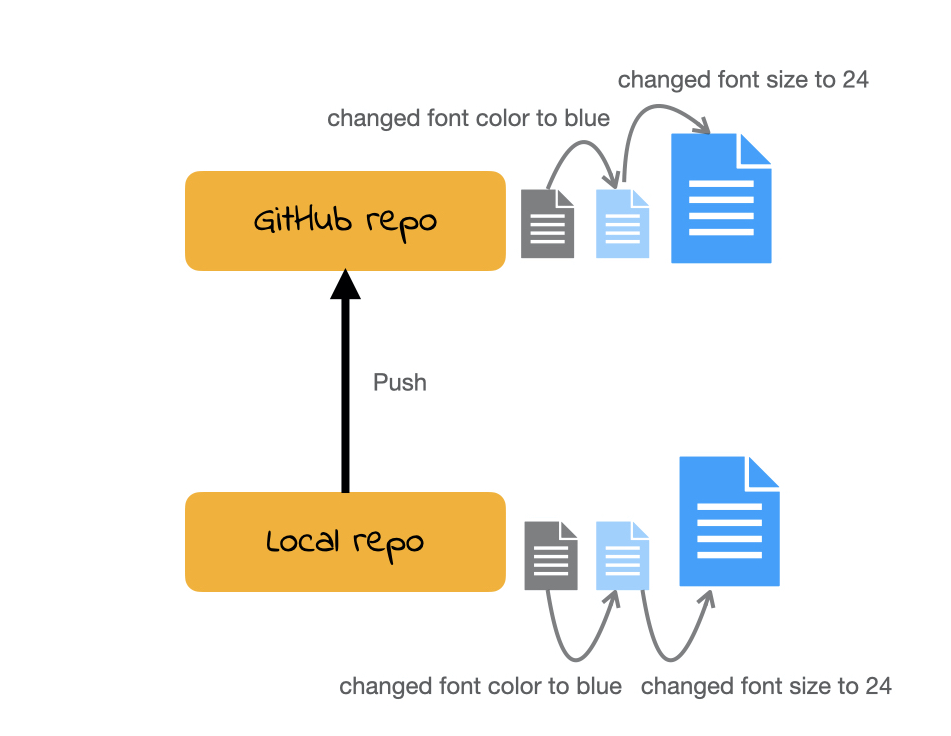
Demo
We have actually done something similar to this demo before by cloning the test repo and committing, and pushing.
Always use .Rproj file to open projects. Then open the appropriate .qmd / .R file from the Files pane.
Cloning a repo
repo is a short form of repository. Repositories contain all of your project’s files as well as each file’s revision history.
For this bootcamp our daily repos (lecture code, activity etc.) are hosted on Github.
To clone a GitHub repo to our computer, we first copy the cloning link as shown in screencast then start an RStudio project using that link.
Cloning a repo pulls (downloads) all the elements of a repo available at that specific time.
Commits
Once you make changes to your repo (e.g. take notes during lecture, answer an activity question). you can take a snapshot of your changes with a commit.
This way if you ever have to go back in version history you have your older commits to get back to.
This is especially useful, for instance, if you want to go back to an earlier solution you have committed.
Push
All the commits you make will initially be local (i.e. on your own computer).
In order for me to see your commits and your final submission on any file, you have to push your commits. In other words upload your files at the stage in that specific time.
(An incomplete) Git/GitHub glossary
Git: is software for tracking changes in any set of files
GitHub: is an internet host for Git projects.
repo: is a short form of repository. Repositories contain all of your project’s files as well as each file’s revision history.
clone: Cloning a repo pulls (downloads) all the elements of a repo available at that specific time.
commit: A snapshot of your repo at a specific point in time. We distinguish each commit with a commit message.
push: Uploads the latest “committed” state of your repo to GitHub.
Do you git it?
EDA review
- What R functions do you remember?
- Can you load the
titanic_traindata from thetitanicpackage? - What ggplot functions do you remember?

